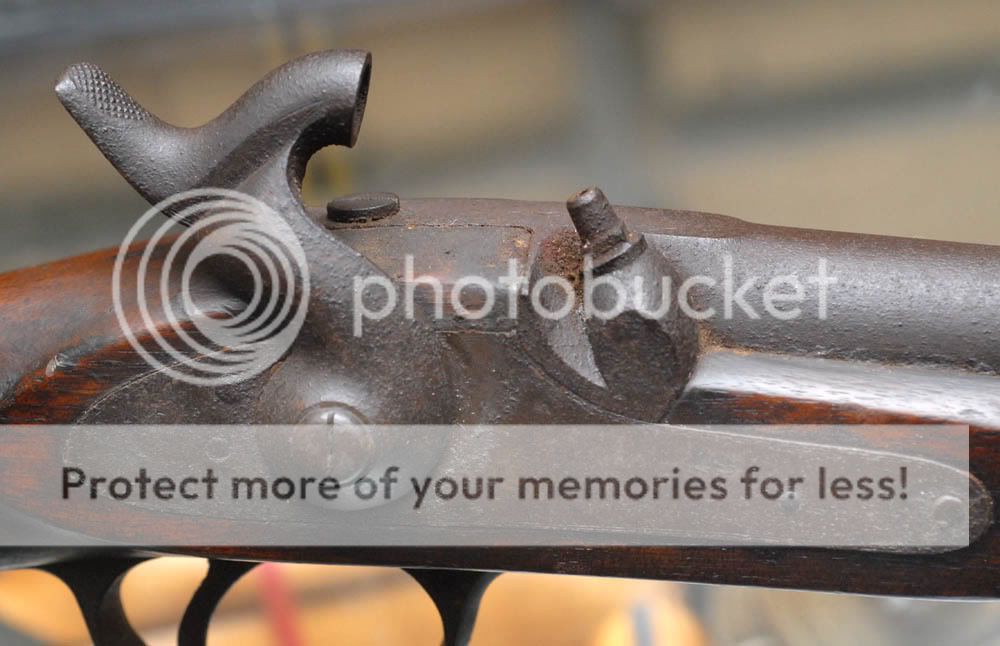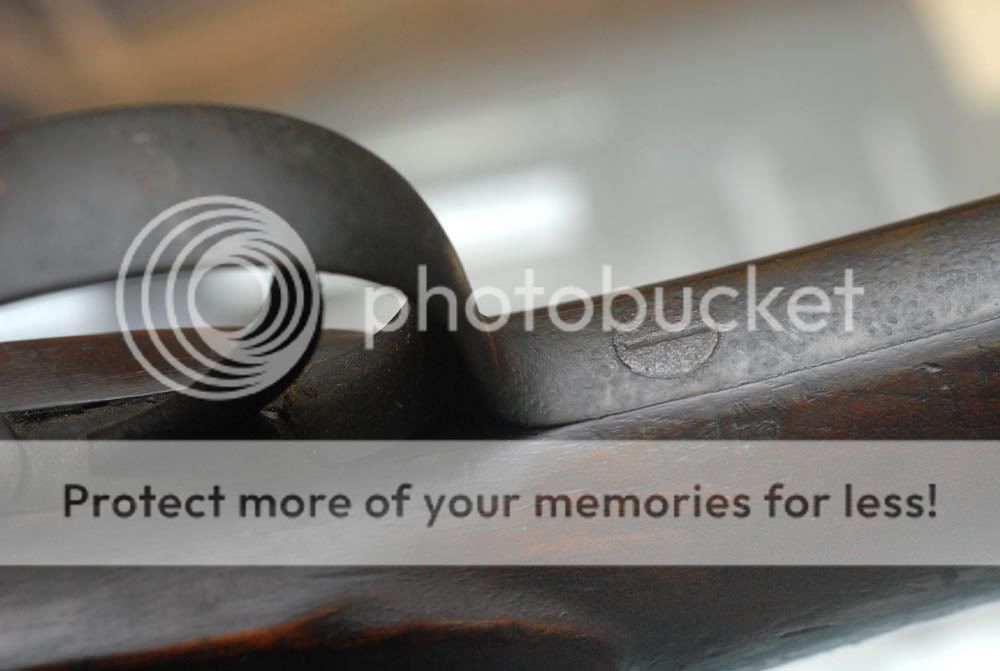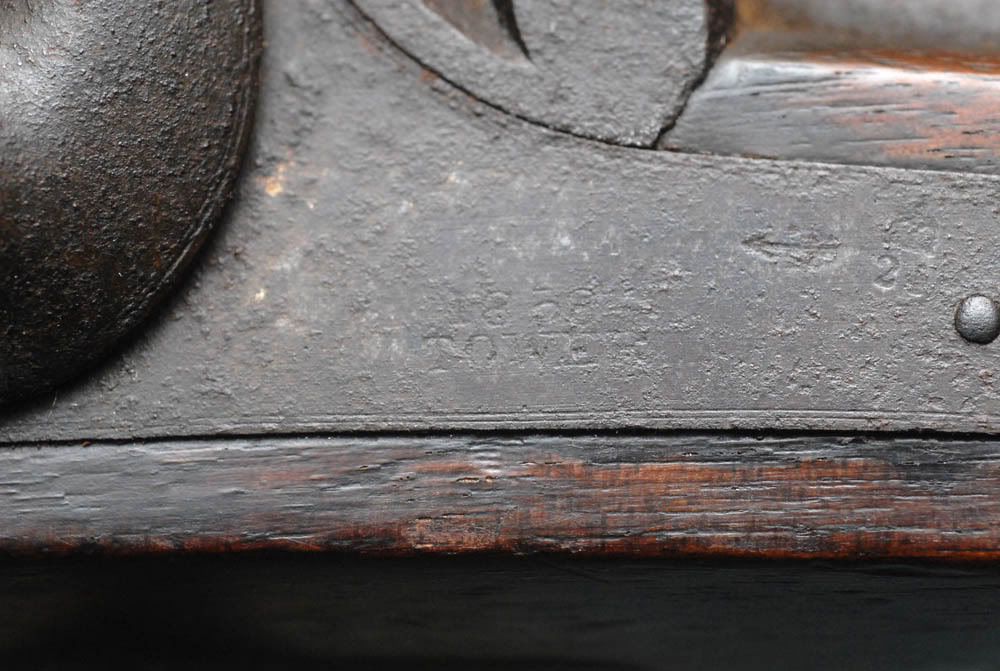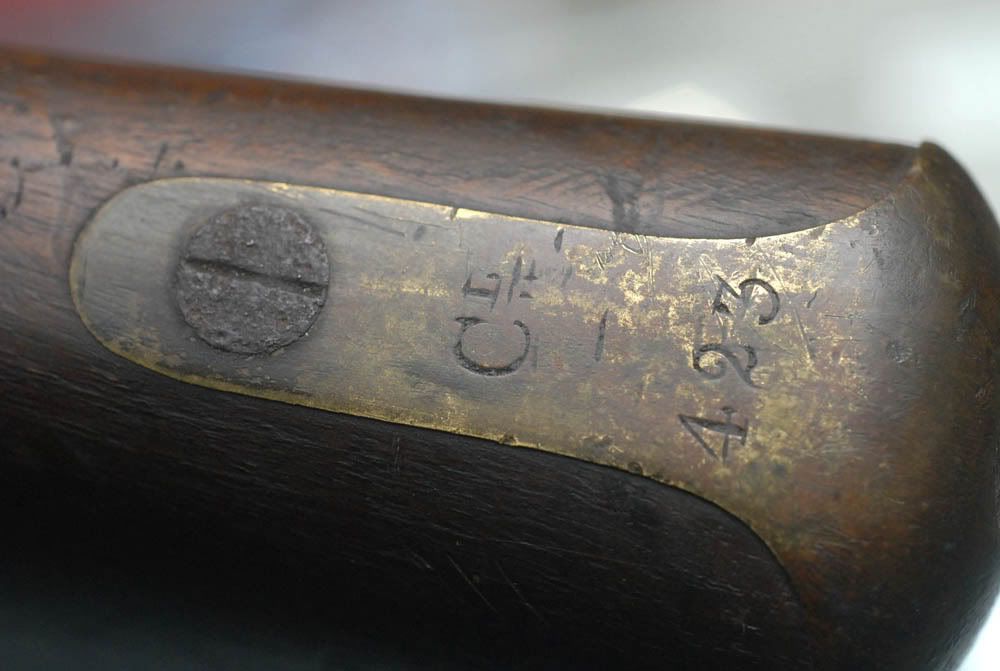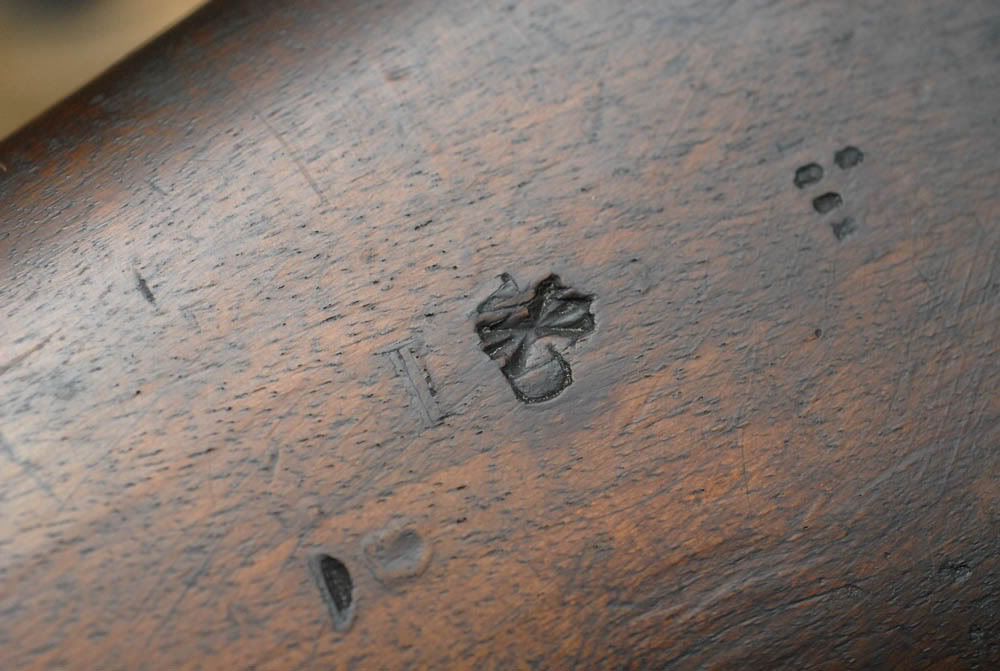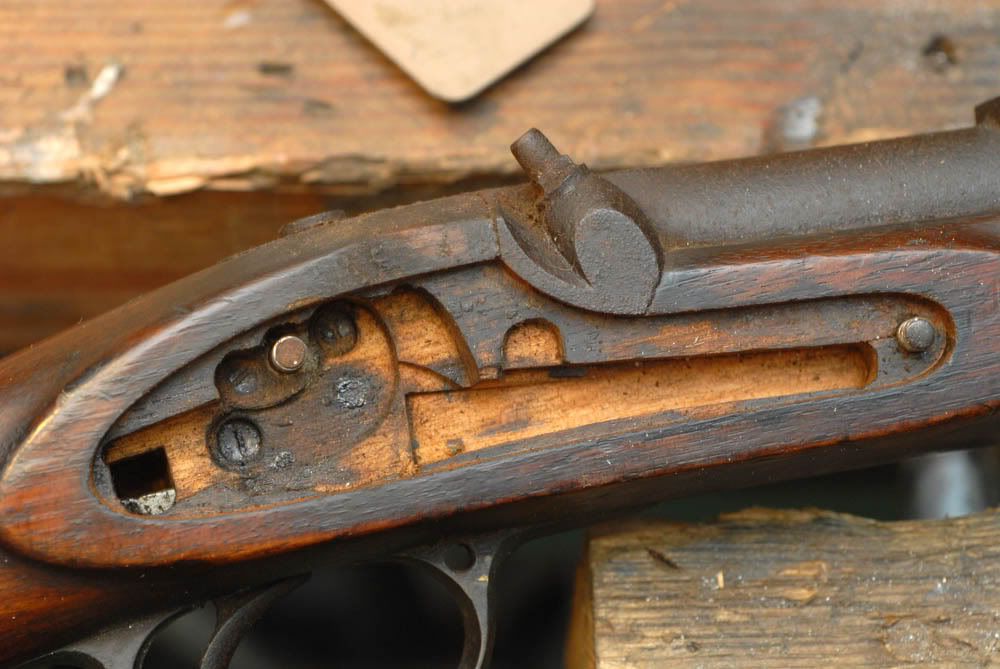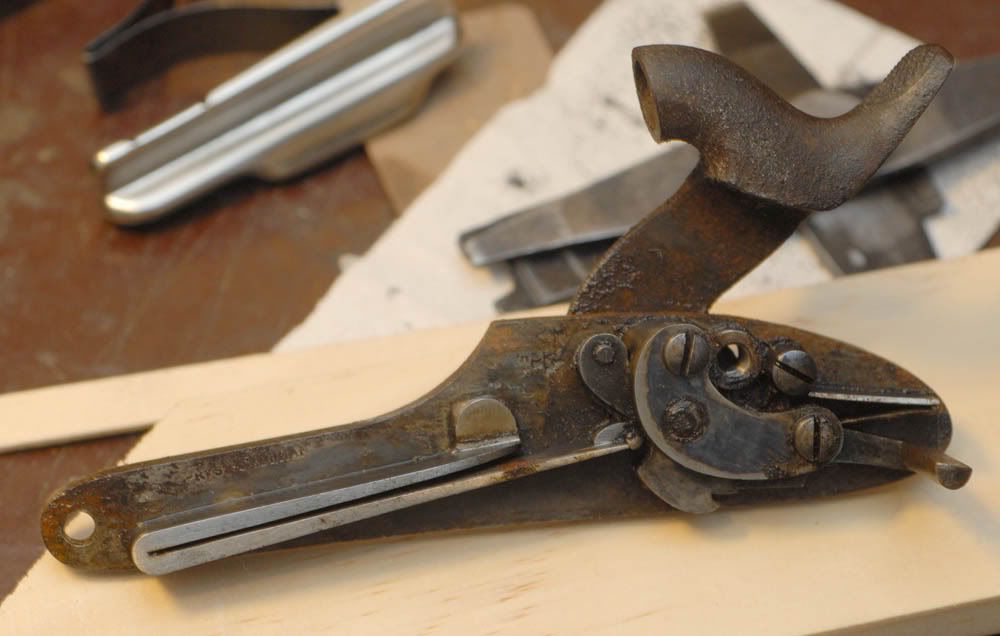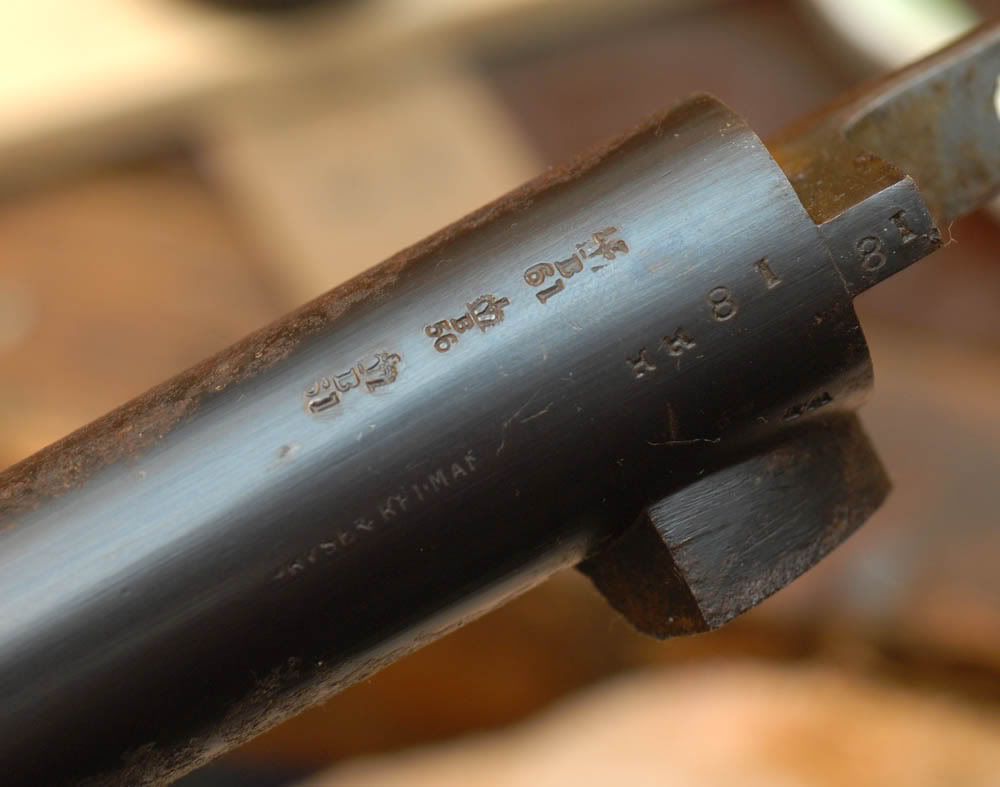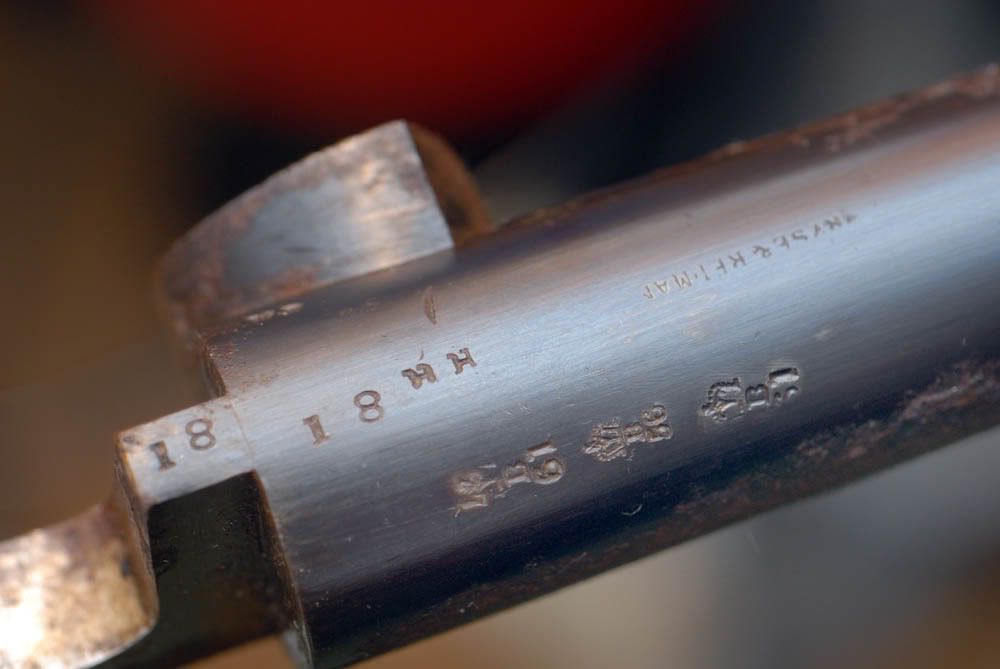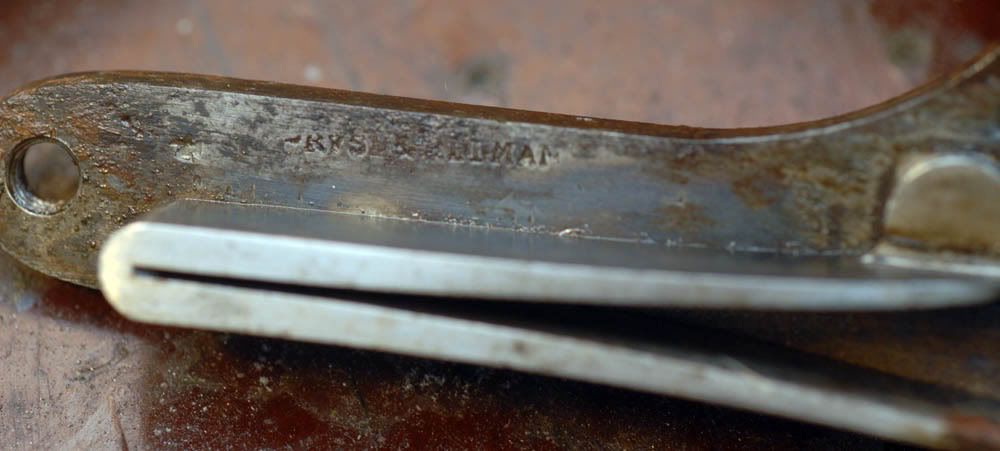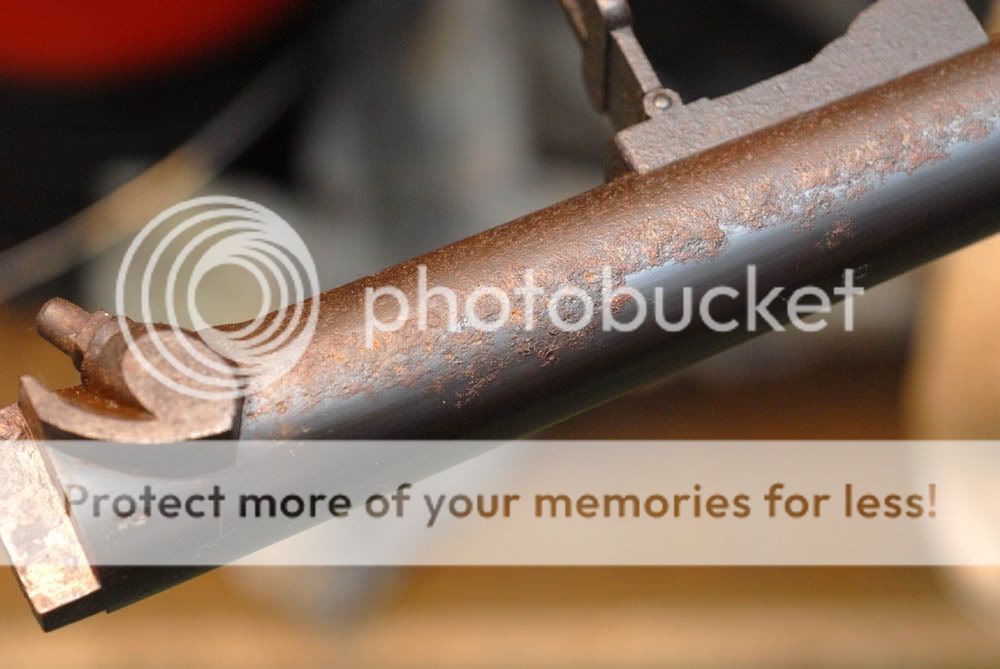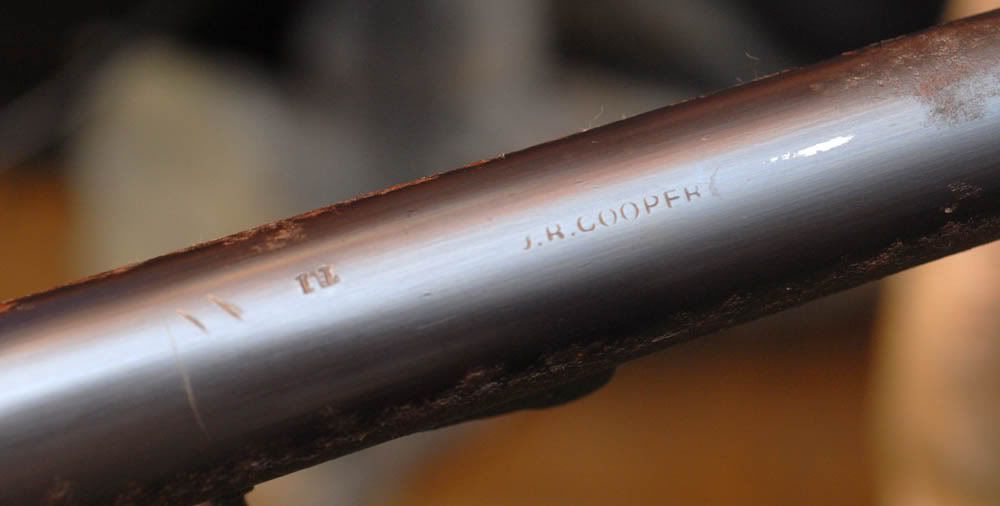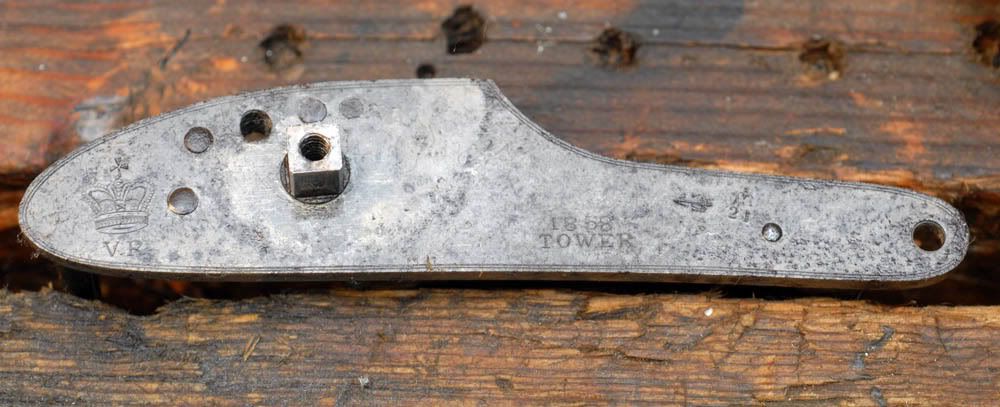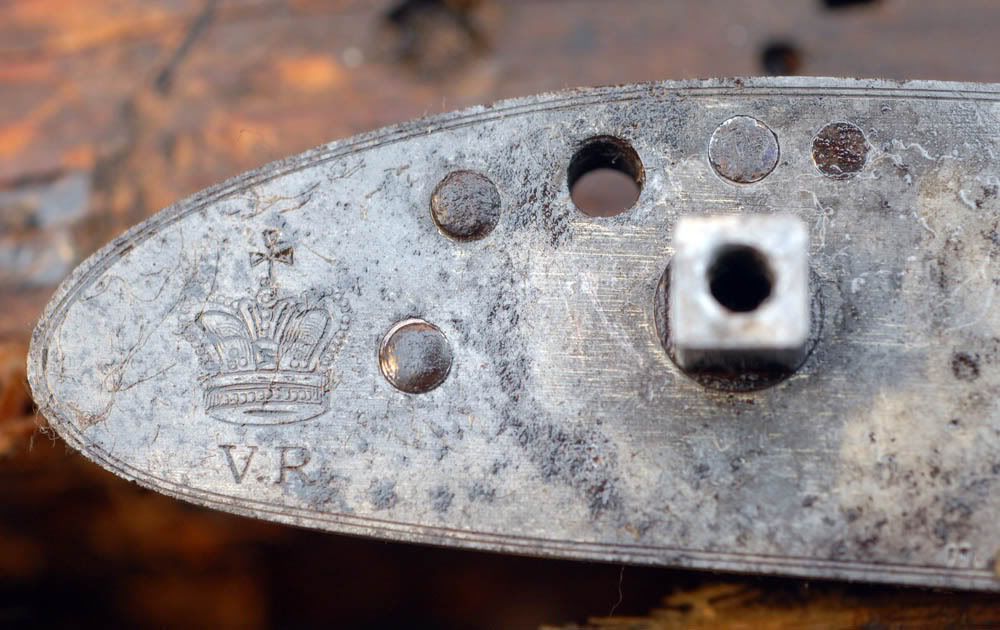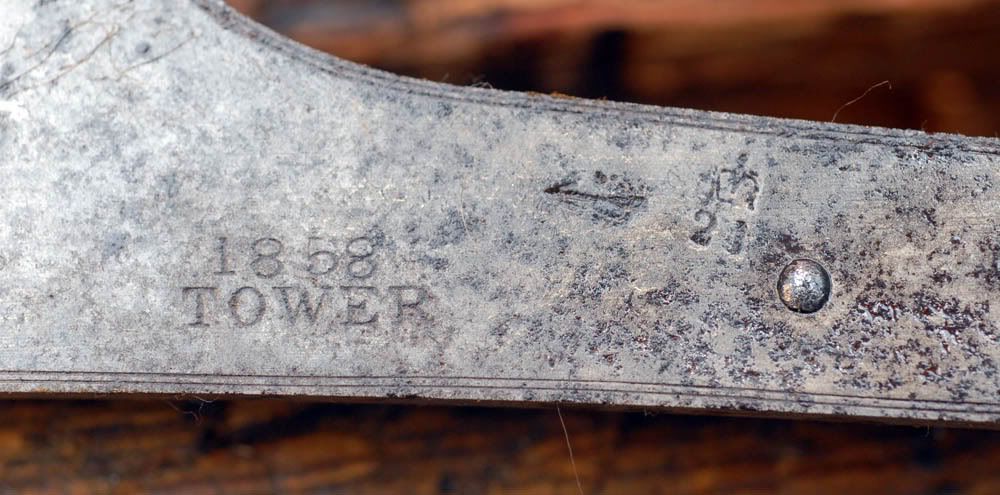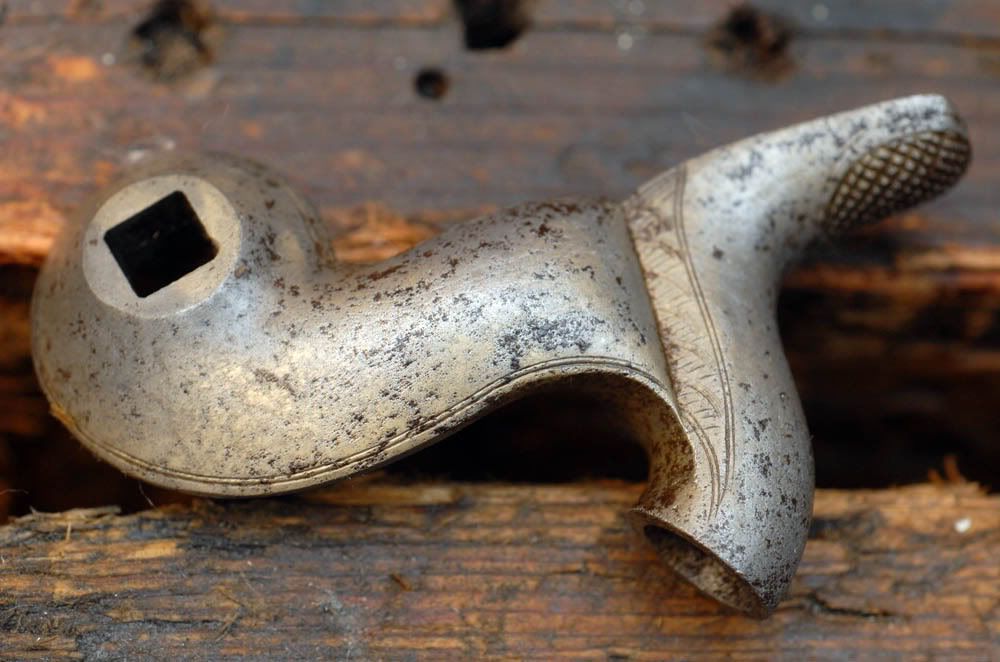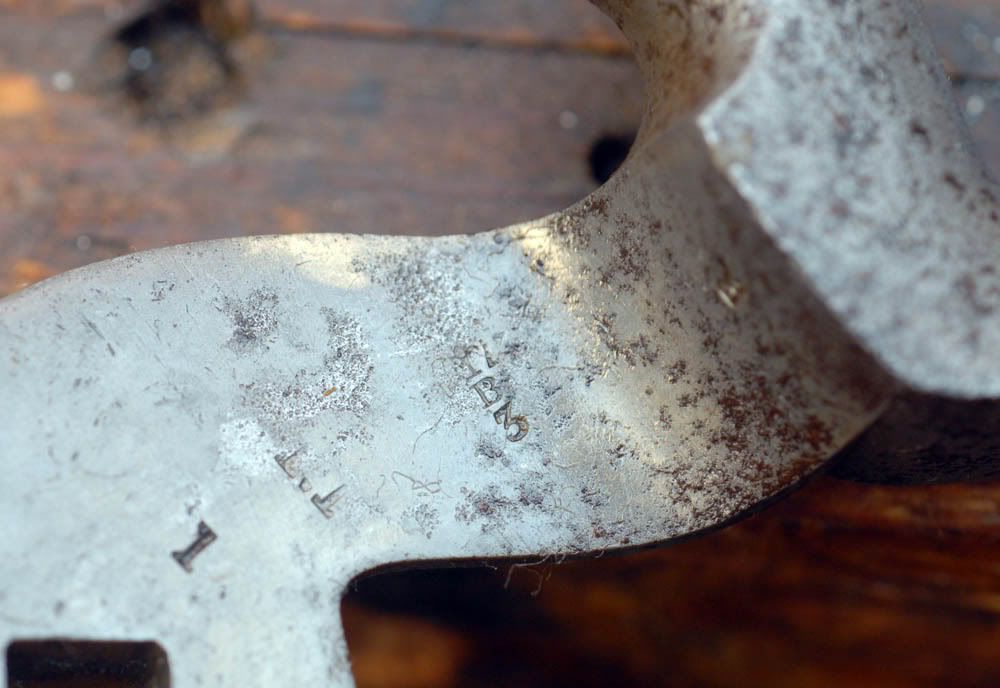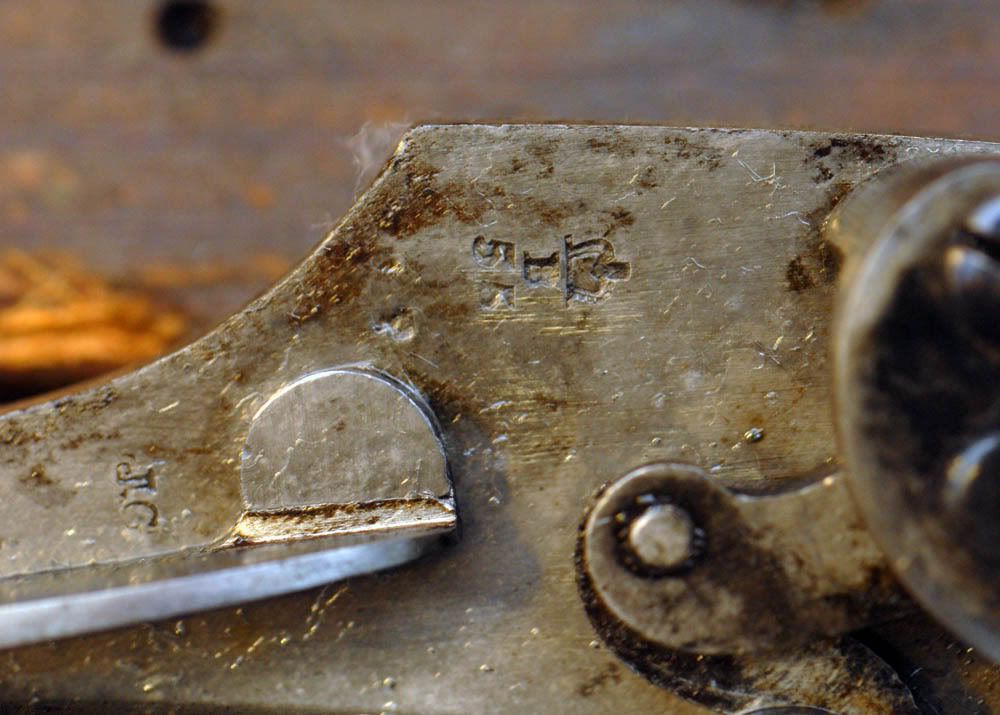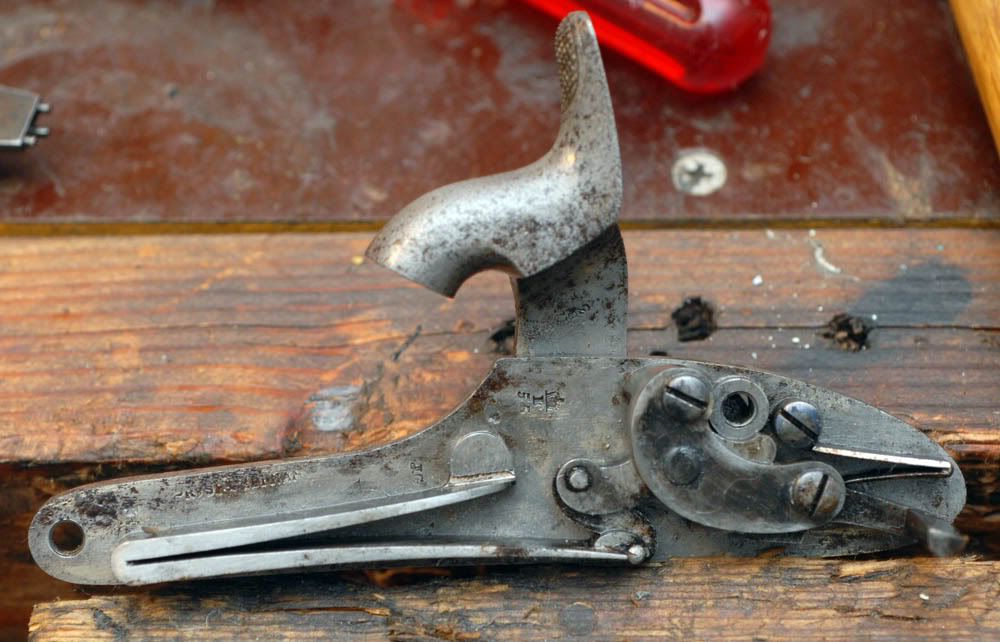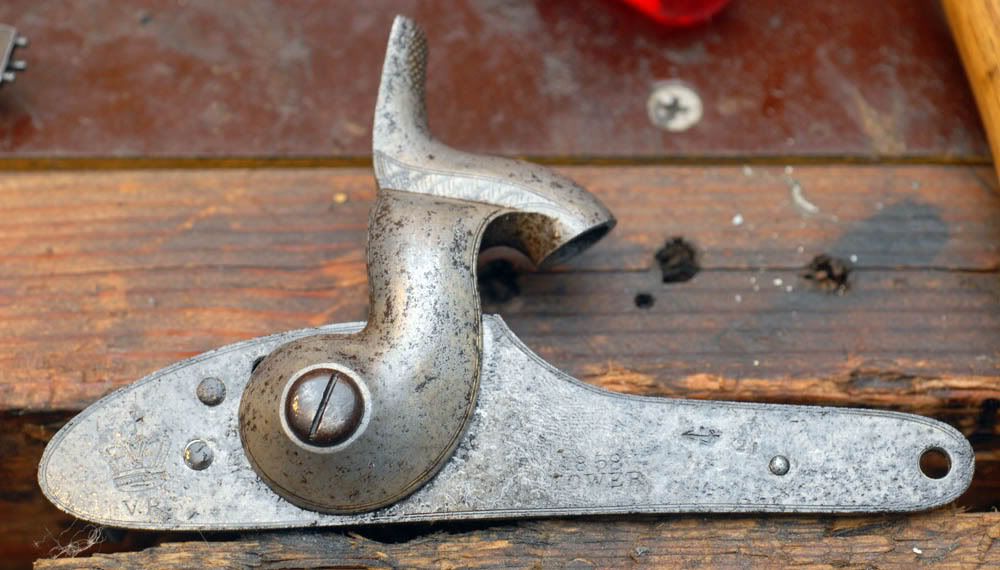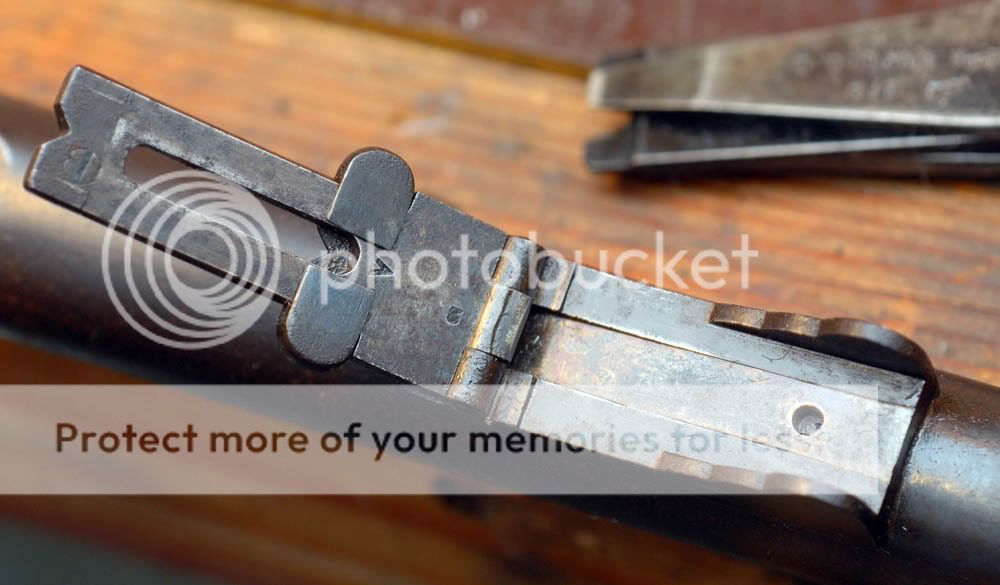Heatseeker64
32 Cal.
- Joined
- May 31, 2006
- Messages
- 35
- Reaction score
- 0
Hey all, been a while since I dropped in here.
I just came by a Pattern 1853 3-band Enfield .577 for a bargain price here in Australia.
The good news is the stock is perfect and, looking at the bore, it appears unfired.
Bad news is, it appears it's been hanging above a bar for the best part of a century and there's a fine layer of ingrained rust over the external metal bits.
That said, the brass trigger guard is also coated with what appears to be sprayed on black goop, so perhaps a bit of sympathetic cleaning could yield some buried treasure.
It's also a mystery as to why the exterior appears to have a layer of blackened ingrained rust, but the bare metal of the bore is in what appears to be perfect condition.
It appears to be an 1861 Tower Musket (markings obscured), and I reckon I could get her making some loud noises and sending some lead down range.
Question is, in the case of the worst case scenario that the externals are in fact rusted, are original parts such as barrel bands, swivels and rear sight available?
The ram road is also missing.
I have lifted off the side plate, and all the innards are immaculate, with, once again, no sign the rifle has ever been fired.
Also, if the barrel is covered with ingrained rust, would it be kosher to polish and re-blue it?
I snappped it up because the timber is the most original and in the best condition I have seen, so I may come across one with a ratty stock down the track I can also pick up for a good price.
Yeah, I know, I will post some pictures asap.
Thanks in advance for any advice.
I just came by a Pattern 1853 3-band Enfield .577 for a bargain price here in Australia.
The good news is the stock is perfect and, looking at the bore, it appears unfired.
Bad news is, it appears it's been hanging above a bar for the best part of a century and there's a fine layer of ingrained rust over the external metal bits.
That said, the brass trigger guard is also coated with what appears to be sprayed on black goop, so perhaps a bit of sympathetic cleaning could yield some buried treasure.
It's also a mystery as to why the exterior appears to have a layer of blackened ingrained rust, but the bare metal of the bore is in what appears to be perfect condition.
It appears to be an 1861 Tower Musket (markings obscured), and I reckon I could get her making some loud noises and sending some lead down range.
Question is, in the case of the worst case scenario that the externals are in fact rusted, are original parts such as barrel bands, swivels and rear sight available?
The ram road is also missing.
I have lifted off the side plate, and all the innards are immaculate, with, once again, no sign the rifle has ever been fired.
Also, if the barrel is covered with ingrained rust, would it be kosher to polish and re-blue it?
I snappped it up because the timber is the most original and in the best condition I have seen, so I may come across one with a ratty stock down the track I can also pick up for a good price.
Yeah, I know, I will post some pictures asap.
Thanks in advance for any advice.




